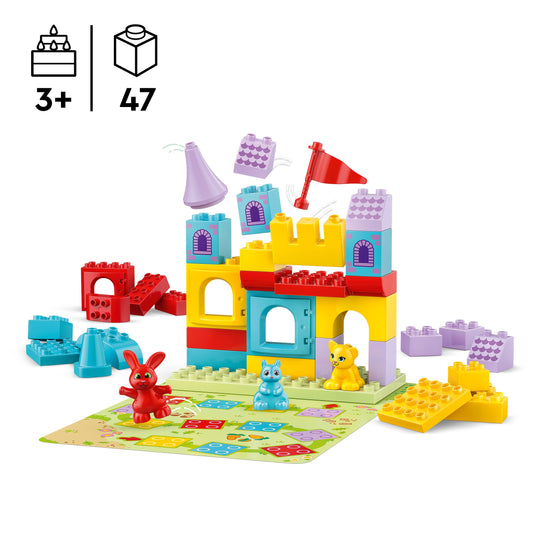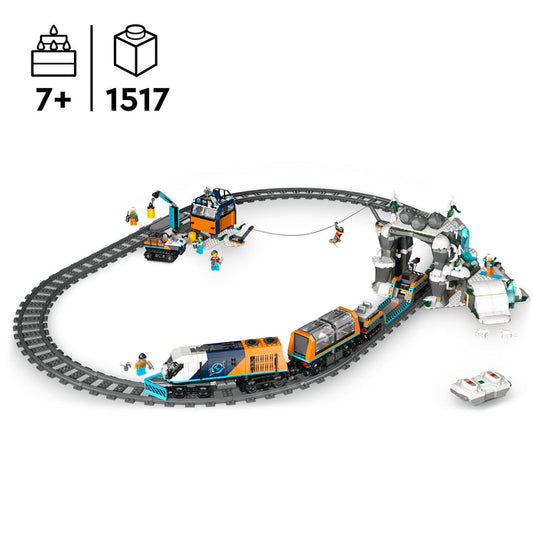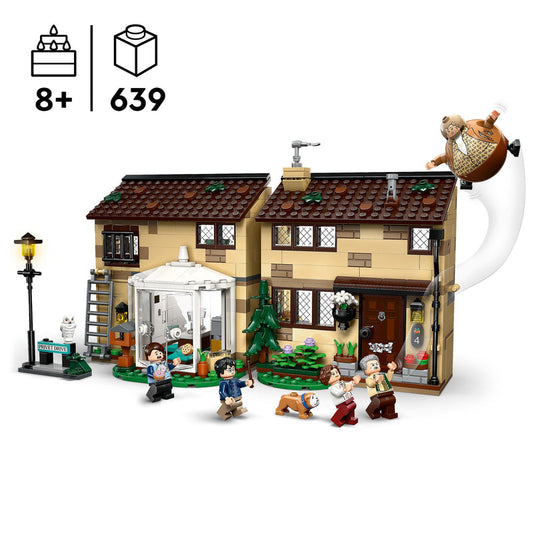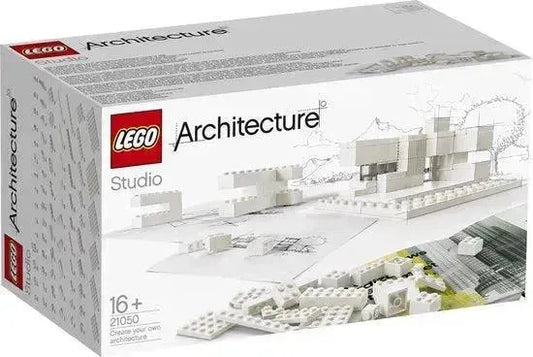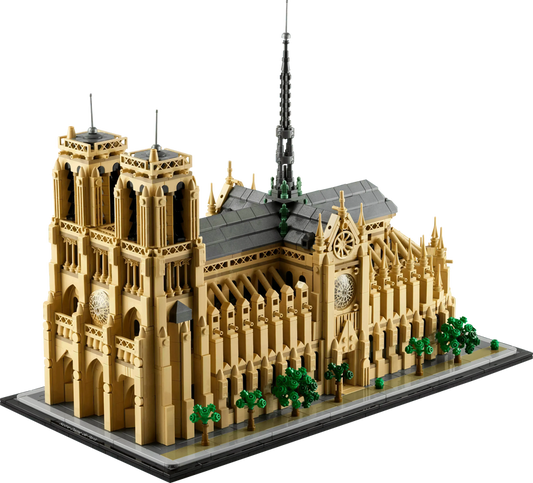How do you distinguish real from fake LEGO?
We regularly get the question "How do you distinguish real from fake LEGO?"
A few months ago I was sold a bag of Technic parts and even though I've been in the LEGO scene for about 5 years now I couldn't immediately tell that I had had a bunch of fake parts made deliberately to deceive me ! I have since learned that knowing the LEGO system bricks did not prepare me with the skills to identify Technic parts. I was pleased to see that Steve Tan has put together this guide to help distinguish the difference between LEGO and non-LEGO parts.
Fake Lego vs. Real Lego (updated May 5, 2019)
Common parts of LEGO Technic How to tell the difference by checking and comparing the parts in detail
I recently had the chance to compare a batch of fake Lego with real Lego. Comparison is only done for Lego Technic pieces because that's what I have. Conclusions were drawn based on my own limited understanding, as well as the pieces I have, with a lot of help from Sariel's Lego Technic book.
I have a little knowledge of plastic injection molding and will use some terminology to explain the differences.
Gating - Where the mold (hot runner or normal runner) separates from the part.
Cavity - The part of the injection molding tool that is attached to the machine.
Core - The other part of the injection molding tool that corresponds to the cavity.
Slide – Another part of the tool that moves in a different direction from the core and cavity, to make undercuts.
Parting Line - A visible line where the core/cavity/slide separates from the tooling. Well-designed and well-maintained molds produce very minimal parting line.
Flashing - Excess material caused by incomplete/mismatch of the tool parts.
There will probably be some mistakes, but please let me know so we can all learn from them.
This is not a comprehensive guide and there will be other ways in which fake Lego can differ from the real Lego.
Fake Lego vs. Real Lego: Summary
For most Lego Technic parts, it is possible to distinguish fake from real Lego, as the Lego logo is usually molded onto the real parts.
Some differences (low quality fakes) are very obvious, while others (higher quality fakes) require more research before the differences can be seen.
Axles are the biggest problem, as some real Lego axles do not have the Lego logo molded on them.
For some components the differences can only be seen during a comparison. By themselves, the fake Lego parts won't look fake unless you know the real Lego part very well.
Note that all of these comparisons are based on my own observations, using the parts I have. I'm sure there are other differences from other fake Lego parts as there are many different sources of fake Lego parts from different molds.
The reason I created this comparison guide is to help true Lego fans, to ensure that they are getting genuine Lego parts when purchasing from second-hand sources. It is certainly not intended to promote fake Lego.
-

Rare LEGO sets, view them at 2TToys
READ MORE -

Why LEGO Classic Loose bricks
READ MORE -

LEGO Creator Expert Buildings
READ MORE -

Best educational toys for children aged 2 years and over
READ MORE -

LEGO Cars
READ MORE -

LEGO for adults
READ MORE -
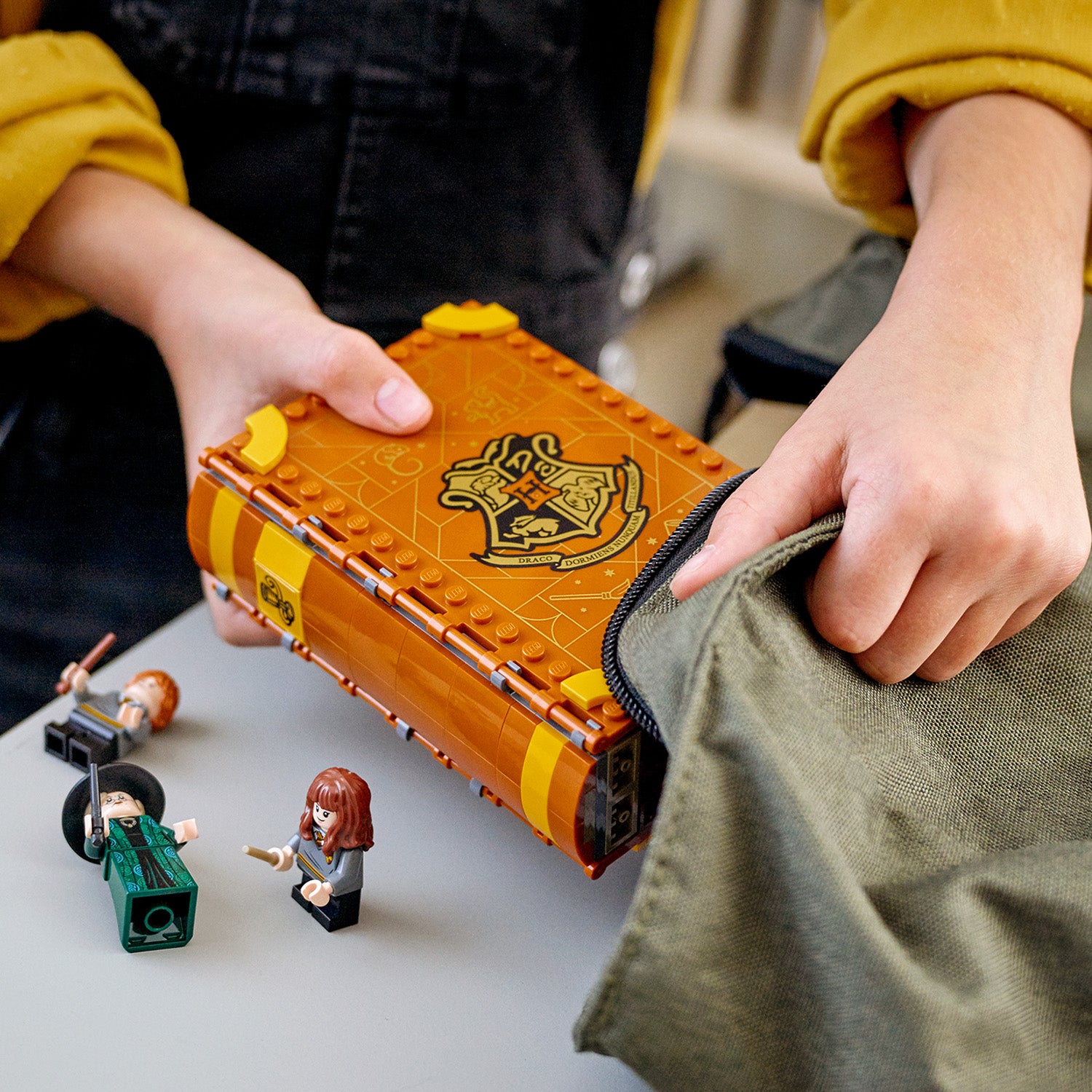
LEGO Harry Potter books
READ MORE -

LEGO Formula 1 sets
READ MORE -

LEGO recall actions
READ MORE
LATEST LEGO SETS
-
LEGO 3-in-1 dieren op wielen 10448 DUPLO
Regular price €29,99 EURRegular price€34,99 EURSale price €29,99 EURSale -
LEGO Hopsy's kasteelspel 10450 DUPLO
Regular price €33,99 EURRegular price€39,99 EURSale price €33,99 EURSale -
LEGO 3-in-1 dinosaurussen op wielen 10451 DUPLO
Regular price €59,99 EURRegular price€69,99 EURSale price €59,99 EURSale -
LEGO McQueens bezoek aan Docs garage 10456 DUPLO
Regular price €25,99 EURRegular price€29,99 EURSale price €25,99 EURSale -
LEGO De tuin en kas van Opa Big 10461 Peppa Pig
Regular price €67,99 EURRegular price€79,99 EURSale price €67,99 EURSale -
LEGO De pikhouweelmijn 21277 Minecraft
Regular price €46,99 EURRegular price -
LEGO De Enderman toren 21279 Minecraft
Regular price €84,99 EURRegular price€99,99 EURSale price €84,99 EURSale -
LEGO Aston Martin Valkyrie 42208 Technic
Regular price €53,99 EURRegular price -
LEGO Minnie's huisdierenhotel 43274 Disney
Regular price €33,99 EURRegular price€39,99 EURSale price €33,99 EURSale -
LEGO Toy Story feesttrein en RC auto 43264 Disney
Regular price €33,99 EURRegular price -
LEGO Centraal Station 60469 City
Regular price €76,99 EURRegular price€89,99 EURSale price €76,99 EURSale -
LEGO Arctic Explorer Polar Express Trein 60470 City
Regular price €169,99 EURRegular price -
LEGO Nachtmerrie haaienonderzeeër 71500 Dreamzzz
Regular price €125,99 EURRegular price€139,99 EURSale price €125,99 EURSale -
LEGO Arins Spinjitzu strijdmecha 71839 Ninjago
Regular price €17,99 EURRegular price -
LEGO Rontu de Meesterdraak 71842 Ninjago
Regular price €39,99 EURRegular price€44,99 EURSale price €39,99 EURSale -
LEGO Ninja strijdvoertuig 71844 Ninjago
Regular price €76,99 EURRegular price -
LEGO De vuurriddermecha 71846 Ninjago (Pre-Order: juni)
Regular price €101,99 EURRegular price -
LEGO Het StarWars Logo 75407 StarWars
Regular price €59,99 EURRegular price -
LEGO Plo Koons Jedi Starfighter™ microfighter 75400 StarWars
Regular price €12,74 EURRegular price€14,99 EURSale price €12,74 EURSale -
LEGO 77241 (Pre-Order: March 2025)
Regular price €25,99 EURRegular price€29,99 EURSale price €25,99 EURSale -
LEGO 77241 (Pre-Order: March 2025)
Regular price €25,99 EURRegular price -
LEGO 77241 (Pre-Order: March 2025)
Regular price €42,99 EURRegular price€49,99 EURSale price €42,99 EURSale -
LEGO 77241 (Pre-Order: March 2025)
Regular price €76,99 EURRegular price€89,99 EURSale price €76,99 EURSale -
LEGO 77241 (Pre-Order: March 2025)
Regular price €84,99 EURRegular price€99,99 EURSale price €84,99 EURSale -
LEGO 77241 (Pre-Order: March 2025)
Regular price €212,99 EURRegular price€249,99 EURSale price €212,99 EURSale
SELECTED FOR YOU
-
LEGO 21062 (Pre-Order: March 2025)
Regular price €135,99 EURRegular price -
LEGO Pyramid of Giza 21058 Architecture
Regular price €118,99 EURRegular price -
LEGO Build your own Architecture buildings with this set Studio 21050 Architecture
Regular price €449,99 EURRegular price -
LEGO The New York Skyline 21028 Architecture
Regular price €42,99 EURRegular price -
LEGO Statue of Liberty 21042 Architecture
Regular price €84,99 EURRegular price -
LEGO Trafalgar Square London 21045 Architecture
Regular price €99,99 EURRegular price -
LEGO New York Postcard 40519 Creator
Regular price €17,99 EURRegular price -
LEGO Himeji Castle 21060 Architecture
Regular price €135,99 EURRegular price -
LEGO Slot Neuschwanstein 21063 Architecture
Regular price €243,99 EURRegular price -
LEGO Notre-Dame Cathedral 21061 Architecture
Regular price €195,99 EURRegular price
-

LEGO DUPLO
Experience endless fun with the LEGO DUPLO sets! Designed for young children...
-

LEGO Sonic The Hedgehog
Fast-paced adventures with Sonic! LEGO Sonic The Hedgehog LEGO Sonic The Hedgehog...
-

LEGO Friends
Experience friendship and adventure with LEGO Friends sets! Explore Heartlake City with...












